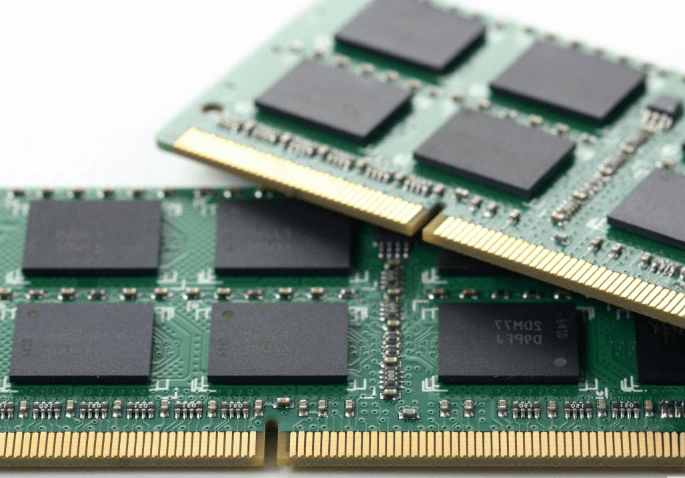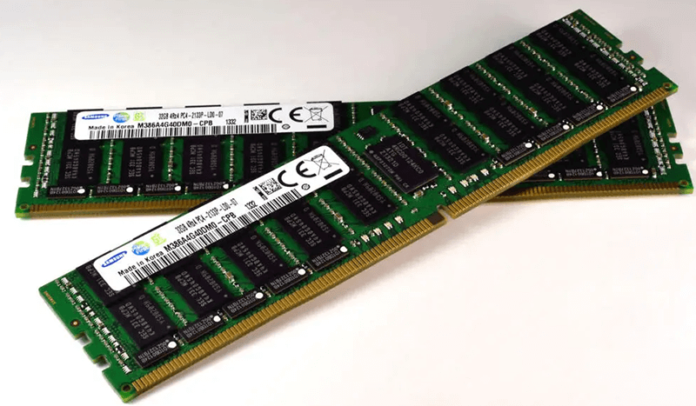Table of Contents
Dynamic Random Access Memory (DRAM) is a type of memory used in computers. It stores data in a matrix of tiny cells, each containing a transistor and a capacitor. DRAM is responsible for temporarily storing all of the programs and data your computer uses, such as your operating system, applications, and open files.
Characteristics of DRAM:
- Volatile: DRAM loses data when the power is turned off. This is why it is not suitable for permanent storage.
- Fast: DRAM is swift compared to other types of memory. This makes it an ideal choice for programs and data.
- Dense: DRAM can store more data than other types of memory.
- Cheap: DRAM is cheaper than other types of memory.
Uses of DRAM:
- Computer memory: DRAM is used in computers to temporarily store programs and data.
- Graphics cards: DRAM is used in graphics cards to store textures and other graphical data.
- Mobile devices: DRAM is used in mobile devices such as smartphones and tablets to store programs and data.
- Servers: DRAM is used in servers to store data for databases and other applications.
- Embedded systems: DRAM is used in embedded systems such as printers and network routers to store programs and data.

Types of DRAM:
- DDR3: DDR3 is an older type of DRAM. It is no longer used in new computers.
- DDR4: DDR4 is the most common type of DRAM. It is faster and more efficient than DDR3.
- DDR5: DDR5 is the newest type of DRAM. It is faster and more efficient than DDR4.
The Future of DRAM:
DRAM will continue to play an essential role in computers and other electronic devices. In the future, DRAM will become faster, more efficient, and cheaper.
Additional Information:
- DRAM memory modules are typically found on small cards called DIMMs or SODIMMs.
- The capacity of DRAM memory modules is measured in gigabytes (GB) or terabytes (TB).
- The speed of DRAM memory modules is measured in mega transfers per second (MT/s).
Comparison of DRAM and SRAM:
- SRAM: Static RAM is faster and consumes less power than DRAM. However, SRAM is more expensive than DRAM and stores less data.
- DRAM: DRAM is cheaper than SRAM and stores more data. However, DRAM is slower than SRAM and consumes more power.
DRAM Manufacturers:
- Samsung
- Micron
- Hynix
- Nanya
- SK Hynix
Price of DRAM:
The price of DRAM fluctuates depending on supply and demand. Overall, the price of DRAM has been decreasing in recent years.
More Information About DRAM:
- Wikipedia DRAM page: https://en.wikipedia.org/wiki/Dynamic_random-access_memory


